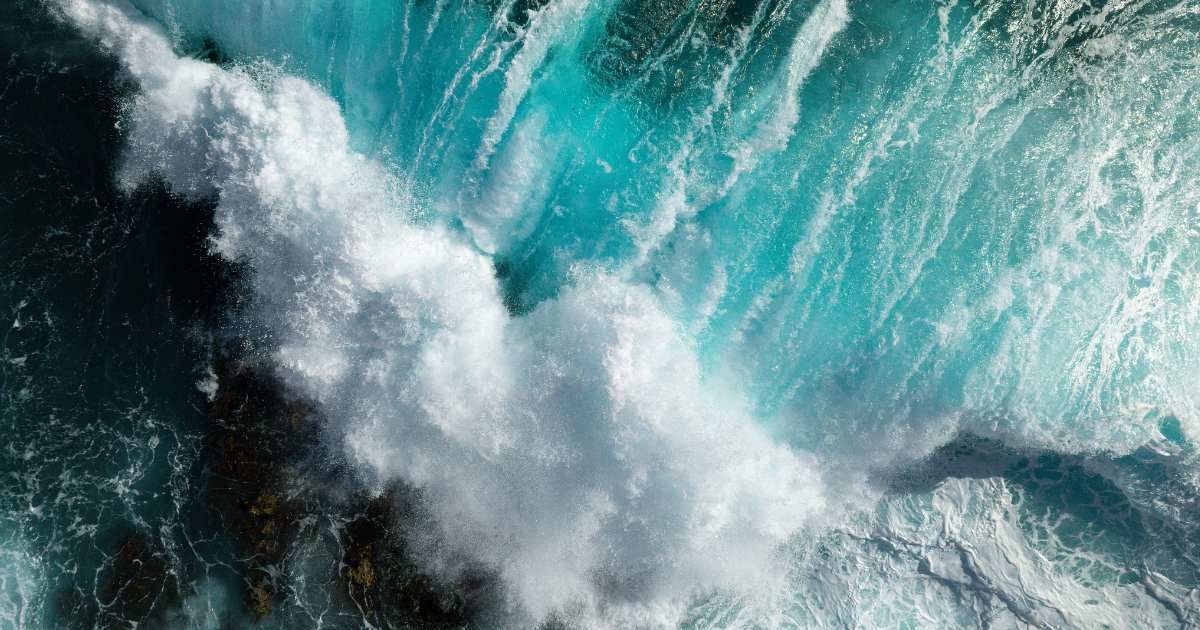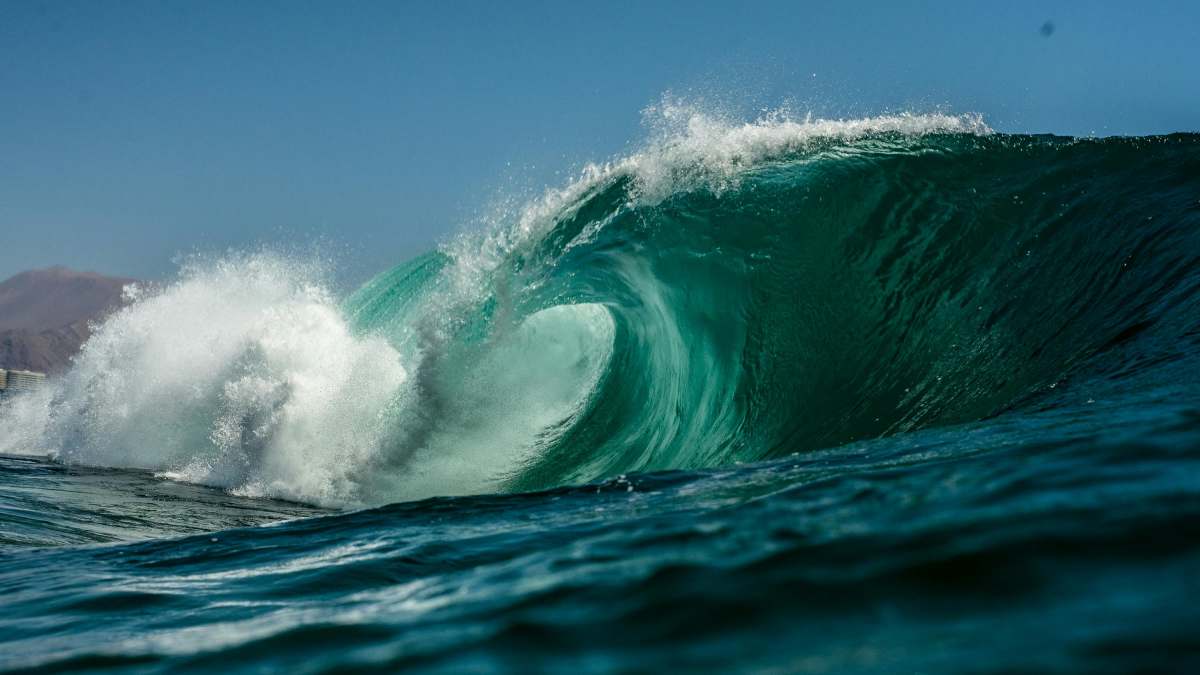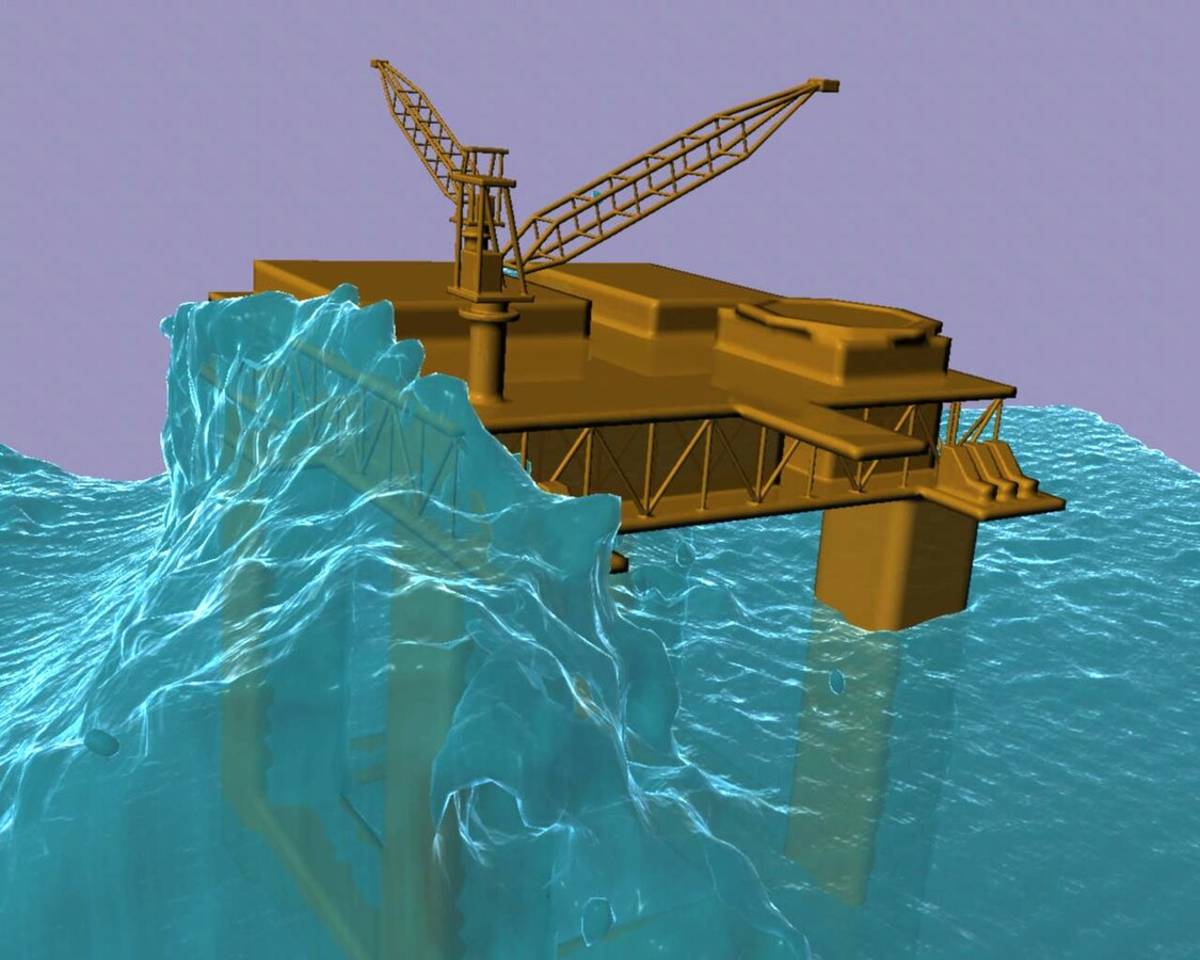Researchers detected a once-in-1,300-year intense rogue wave in history on the Pacific Ocean in 2020

Researchers have detected what they believe to be the most extreme "rogue wave" ever, in 2020, in the Pacific Ocean. Details regarding this wave's activity have been published in the journal Scientific Reports. The phenomenon has been labeled the Ucluelet wave by experts. It was so powerful that it surpassed the assertions of all climate models back then. The wave managed to lift an entire buoy off the coast of British Columbia, Canada. After four years of investigation, the wave was determined to be the most "rogue" of its kind by scientists.

History of Rogue Waves
Rogue waves were believed to be mere myths for centuries, according to Science Alert. They were first observed in 1995 off the coast of Norway. The particular "rogue wave" was 85 feet in height and clashed with an oil-drilling platform. It was labeled as the 'Draupner' wave by experts. Researchers have defined a "rogue wave" as any wave that is more than double the height of its surrounding waves.
The Draupner wave was estimated to be around 83 feet, while its surrounding waves were only 39 feet tall. Scott Beatty, CEO of MarineLabs, a company that measured the Ucluelet wave, explained that these waves look like large four-storied structures peeking out of the water, according to Smithsonian Magazine. They carry a large peak along with big troughs before it. These phenomena are unpredictable and often come without any foreshadowing. These waves are distinct from tsunamis because the latter are connected to earthquakes.
Insights About the Ucluelet Wave
Physicist Johannes Gemmrich from the University of Victoria claimed that direct observation of such waves in high sea states is few and far between. None of the past observations has been as massive as the Ucluelet wave. The Ucluelet wave was three times the size of its surrounding waves. Experts claim that waves with such intensity only happen once every 1,300 years.
Researchers think that if the buoy had not been raised, there was a high possibility that the wave would never have been recorded. Gemmrich called it "the most extreme rogue wave ever recorded." Though the 58-foot Ucluelet was not taller than Draupner, the sheer length by which it towered over the surrounding waves made it more intense. The Ucluelet wave was picked up by one of the sensor buoys placed along the ocean and coastlines around North America.

Preparation for the Rogue Waves
Researchers are yet to figure out how rogue waves are formed. Experts believe that some insight into the matter could better help them in putting in place preventive measures against the phenomena. To figure out the rogue wave's formation process, scientists are measuring their dimensions and creating models to predict the impact of wind on them. The buoy that got picked up by the Uncluelet wave could help in this pursuit with its readings.
These waves, at their worst, could hurt lives and livelihoods. Though Ucluelet and Draupner have not caused any reported damage, other rogue waves have in the past. A 2020 study also predicted that with climate change, the intensity of rogue waves may increase. Hence, it is the need of the hour to conduct an in-depth analysis of these waves to enhance marine safety.